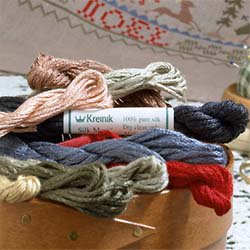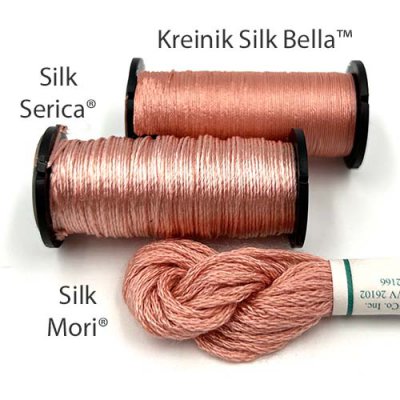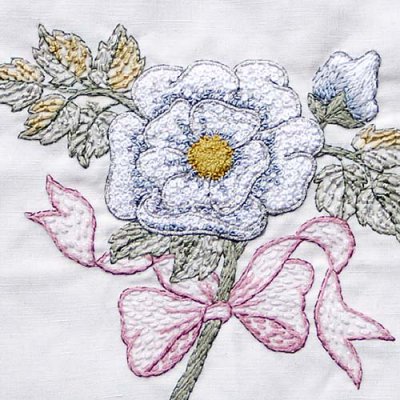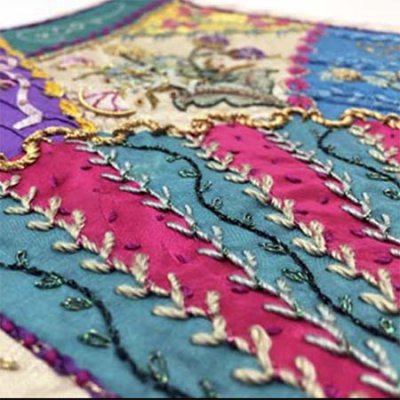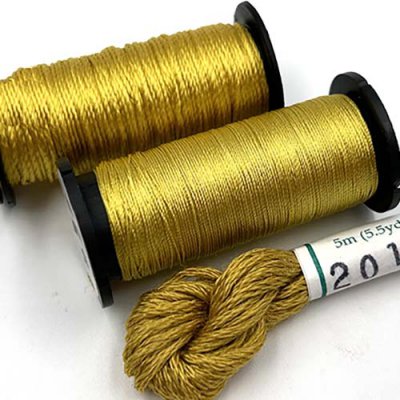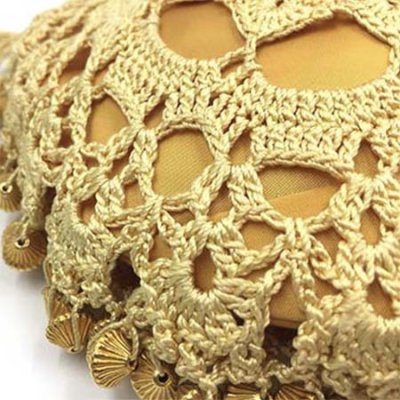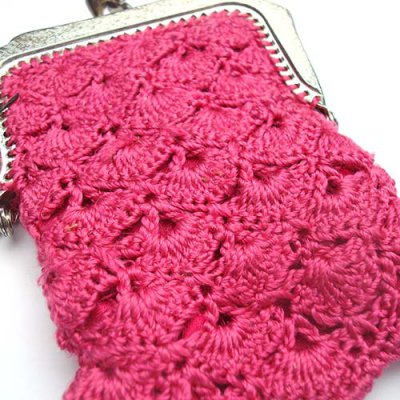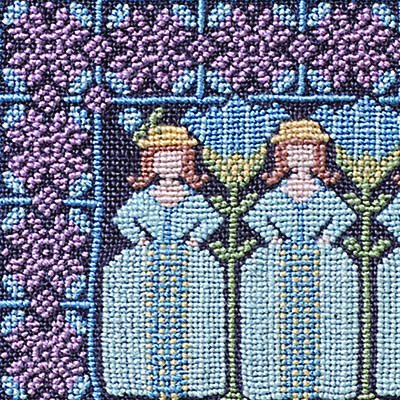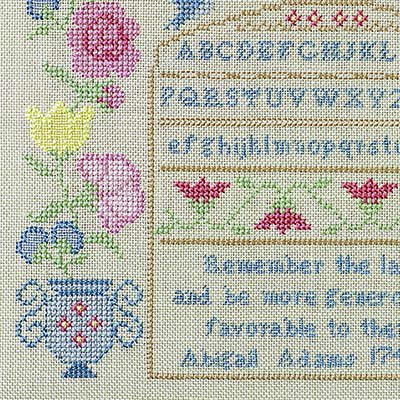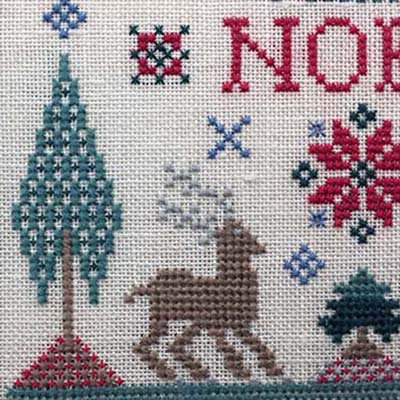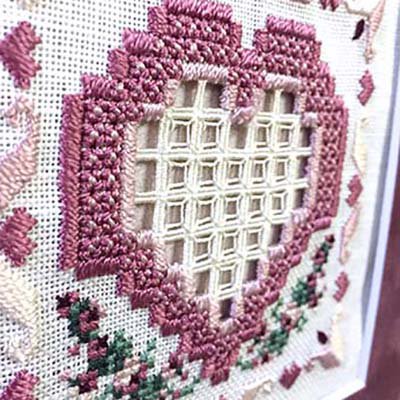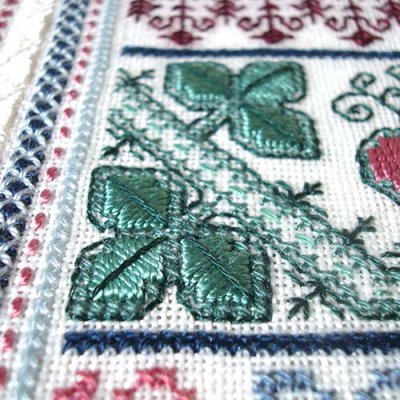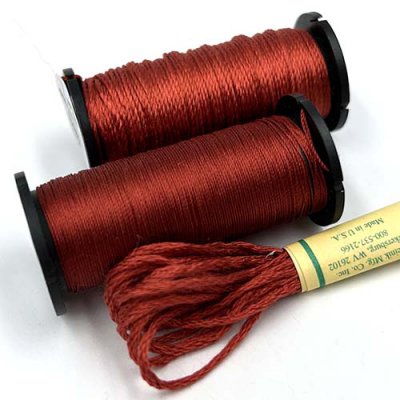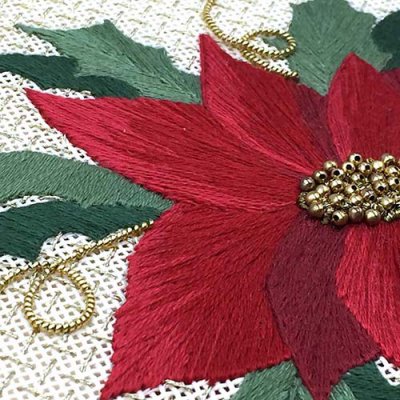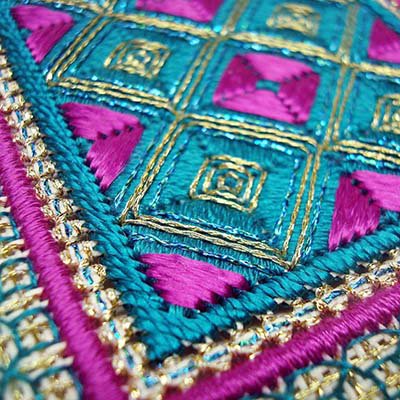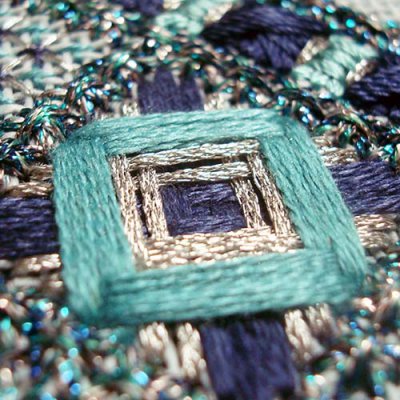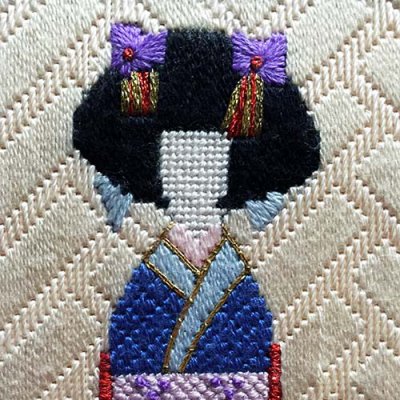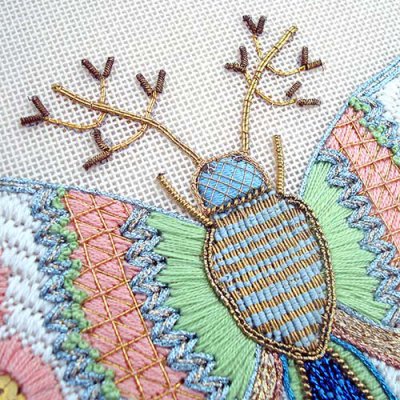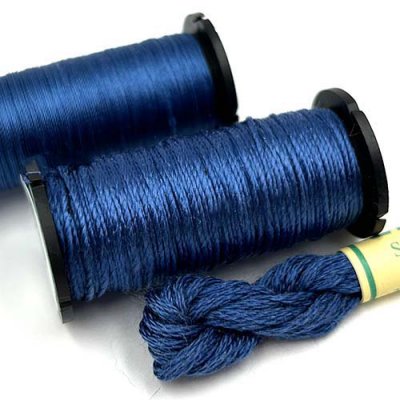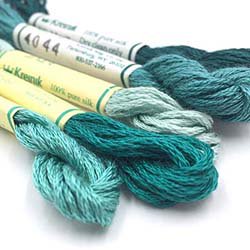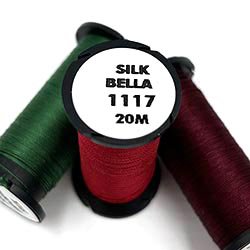Silk Thread History
Since it was first processed in China, silk thread has been used in embroidery for more than 5,000 years. Silk is an animal fiber made from the viscous fluid of the silkworm. Originally, silkworm cocoons were collected from trees. In 2640 B.C., a Chinese Empress discovered that if a silk cocoon was placed in hot water to soften the natural glue or sericin (holds the cocoon together), then a silk cocoon could be unwound and stretched into a long filament. Fo Xi, China's first Emperor, taught the Chinese people to cultivate mulberry trees and raise silkworms.
The first variety of silkworm to be domesticated was the Bombyx Mori. Over the centuries, at least thirteen other species have been cultivated. In addition, there are more than 80 varieties of wild silkworms. In the history of needlework, silk was a primary thread for embroidery, used in tapestries and garments, blackwork, and samplers. When the world was at war in the beginning of the 1940's, however, the silk supply literally dried up overnight. Chemical companies developed synthetic fibers commercially, and these fibers replaced silk almost instantly. As a result, for more than fifty years, people have looked upon silk as rare, expensive and delicate.
Today, embroiderers acknowledge silk for its practical and lustrous qualities. The translucent cellular structure of silk allows it to absorb dyes and to reflect light to a high degree, giving the finished product a pure color and a beautiful luster. When worked in specialty stitches and laid properly, silk has a bright sheen unrivaled by other threads. Due to the different cellular structures of silk and cotton, for example, silk is very smooth while cotton is fuzzy.
Silk also remains lustrous and strong over time, while cotton loses its luster and strength. Archaeologists found that silk in China, buried in tombs for 3,000 years, was the only fiber that remained intact and recognizable. Also, in Sweden, while dredging a channel in the harbor where an old warehouse had burned, black silk skeins buried under mud for 27 years were discovered. After cleaning, they found that the color, strength, and lustre still remained.
Choose silk thread for its unparalleled lustre, texture, and elegance. It adds a richness that raises your needlework to a higher level. Whether used in sampler work, needlepoint, or other techniques, silk threads enable needleworkers to play with light and with textures in their stitchery. It is an affordable thread that is perfect for treasured, keepsake needlework. Its softness, too, makes silk the ultimate in luxurious stitching enjoyment.



